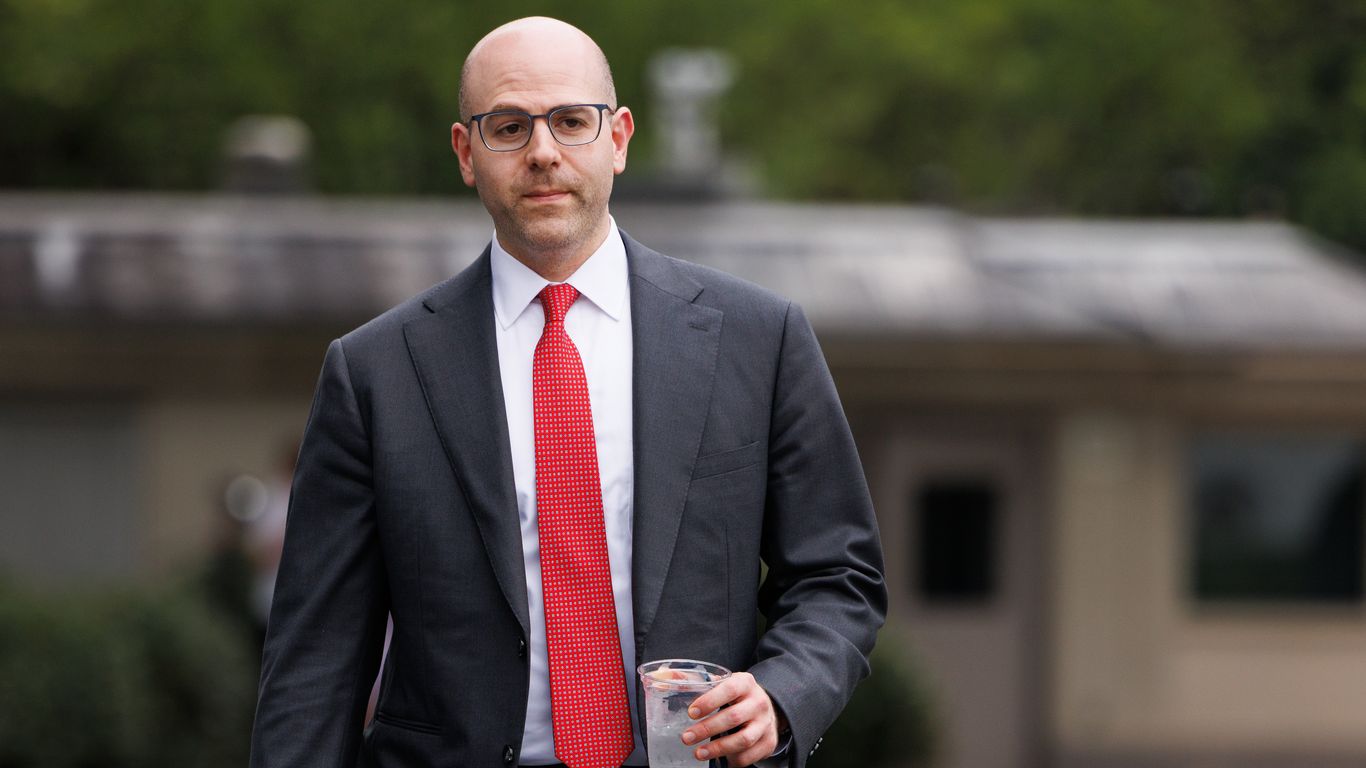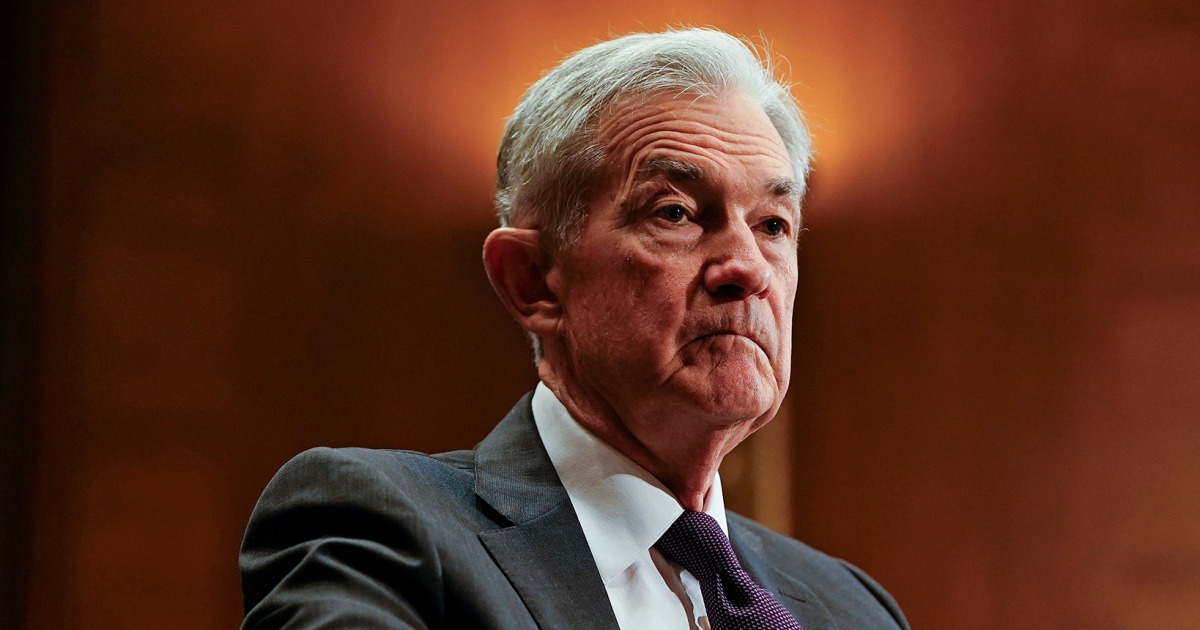Federal Reserve Official Calls for Interest Rate Cuts
Introduction
A top official at the Federal Reserve, Michelle Bowman, has voiced her belief that interest rates should be lower in light of the recent dour jobs data. The July hiring slowdown and other weak economic indicators have strengthened her case for three rate cuts.
Key Details
Bowman's comments come after the release of the Labor Department's July jobs report, which showed a lower-than-expected increase of 164,000 jobs. This marks a significant decline from the previous two months, where job gains averaged around 224,000. In addition to the hiring slowdown, Bowman also pointed to the ongoing trade tensions and slowing global growth as factors that could potentially impact the US economy. She emphasized the need for the Federal Reserve to be proactive in addressing these challenges.
Impact
Bowman's statements have added to the growing speculation that the Federal Reserve will cut interest rates for the first time in over a decade. This could have significant implications for the economy, including potentially spurring economic growth and boosting consumer spending. However, there are also concerns that lowering rates may not be enough to combat the current economic challenges, and could potentially lead to a weakening of the US dollar. As the Fed continues to closely monitor the economic landscape, it remains to be seen how they will address these pressing issues.
About the Organizations Mentioned
Federal Reserve
## Overview and Mission The Federal Reserve, often called the "Fed," is the central bank of the United States, established by Congress in 1913 to provide the nation with a safer, more flexible, and stable monetary and financial system[1]. Its mission centers on a dual mandate from Congress: to promote maximum employment and maintain price stability, ensuring the dollar retains its value over time[1]. The Fed operates through a unique hybrid structure, combining a national Board of Governors in Washington, D.C., with 12 independent regional Reserve Banks, including institutions like the Cleveland Fed[1]. This decentralized setup allows the Fed to closely monitor economic conditions across diverse regions, industries, and communities, while maintaining independence from short-term political influences[1]. ## Key Functions The Fed’s responsibilities are broad and vital to the U.S. economy. It conducts monetary policy—primarily by influencing interest rates—to achieve its employment and inflation goals[2]. The Fed also supervises and regulates banks to ensure the safety and soundness of the financial system, works to minimize systemic risks, and fosters efficient payment and settlement systems[2]. Additionally, it promotes consumer protection and community development, addressing emerging issues through research, supervision, and enforcement of consumer laws[2]. ## History and Evolution The Federal Reserve is the third central bank in U.S. history, following two failed attempts in the 19th century[1]. Its creation was a response to the financial turbulence of the early 20th century, aiming to prevent crises and stabilize the economy. Over time, the Fed has evolved, adopting more transparent and inclusive policymaking processes. For example, it now conducts regular reviews of its monetary policy framework, engaging with academics, businesses, and the public to refine its strategies and communications[3][5]. ## Recent Developments and Achievements In 2025, the Fed completed its second major review of its monetary policy strategy, tools, and communications, reaffirming its commitment to transparenc
Labor Department
The **United States Department of Labor (DOL)** is a federal executive department responsible for administering and enforcing more than 180 labor laws and regulations that protect the rights and well-being of about 125 million workers and oversee approximately 10 million employers nationwide. Its mission focuses on fostering the welfare of wage earners, job seekers, and retirees by improving working conditions, advancing employment opportunities, and ensuring work-related benefits and rights. The department enforces standards in occupational safety and health, wage and hour laws, unemployment benefits, and reemployment services[1][7]. Established in 1913, the DOL has evolved into a critical institution for supporting the American workforce through regulation, enforcement, and data collection. Its headquarters is the Frances Perkins Building, named after the first female U.S. Cabinet member and former Secretary of Labor, who served from 1933 to 1945[1]. The current Secretary of Labor, Lori Chavez-DeRemer, was sworn in on March 11, 2025[1]. Key achievements include the administration of foundational labor protections like the Fair Labor Standards Act and the National Labor Relations Act, which guarantee minimum wage, overtime pay, and workers’ rights to organize and bargain collectively. The department also provides vital labor market data, such as employment statistics and job openings, helping businesses and policymakers adapt to economic trends[1][4][5]. In recent years, the DOL has faced political proposals like Project 2025, which suggests significant rollbacks of labor protections, including easing restrictions on hazardous work for teenagers and limiting union organizing rights. Such proposals indicate ongoing debates about the department’s role in balancing worker protections with business flexibility[2]. As of 2025, the DOL remains a cornerstone agency influencing labor policy, workplace safety, and economic data critical to business and technology sectors navigating workforce dynamics in a rapidly changing economy[1][4][5].









